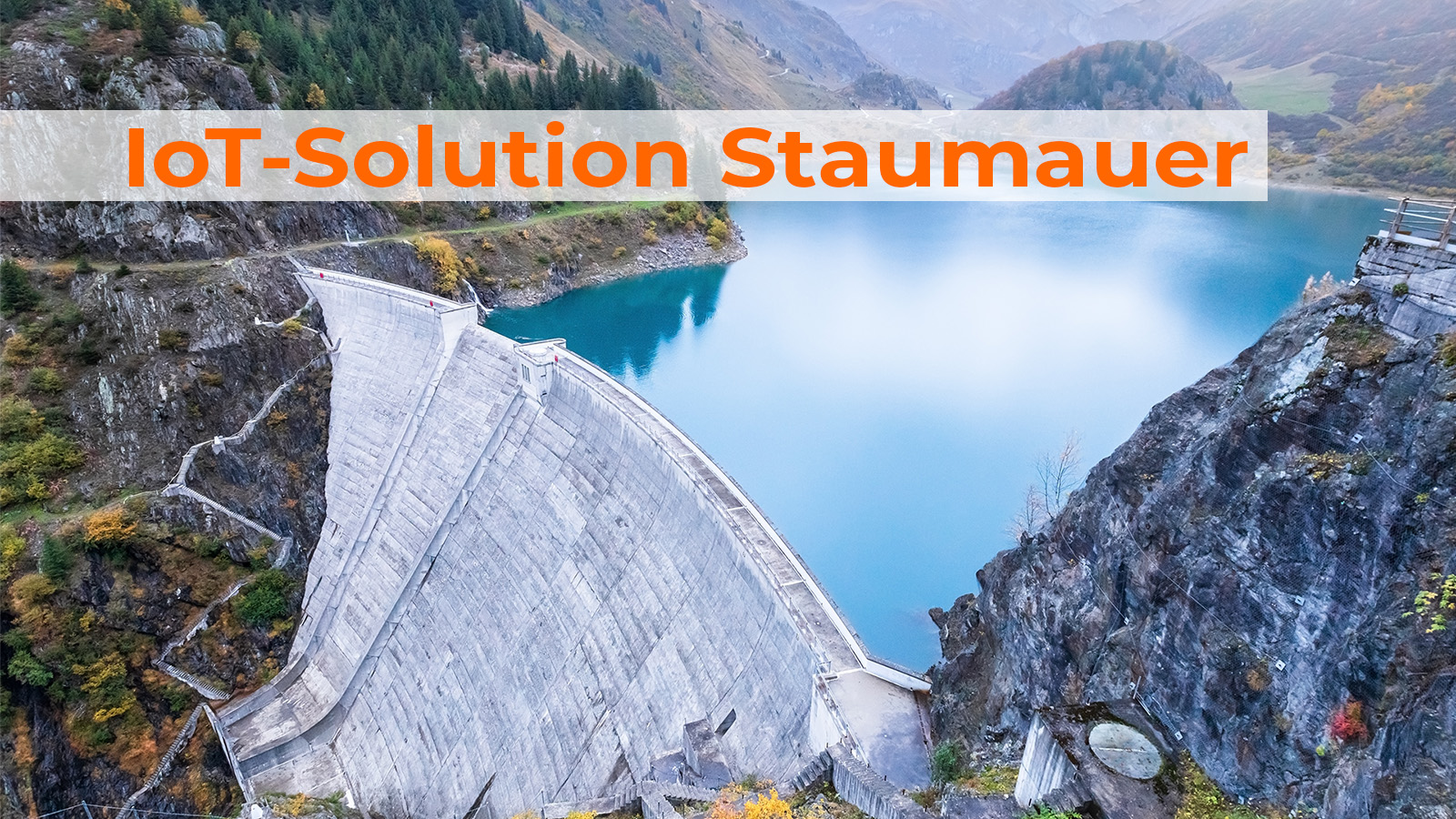
Innovative dam wall monitoring
Cost-efficient maintenance
with maximum safety
The monitoring of dams is essential for their structural integrity and safety. As these structures are usually located in remote regions and have a large footprint, laying cables for power supply and data transmission is extremely costly.
Wireless sensor networks and real-time data analysis enable continuous monitoring, planning maintenance work and renovations efficiently, and assessing hazards or natural hazards based on data. This reduces the risk of failures and increases safety. Regular maintenance based on the monitoring data also extends the service life of the dams and their components.
- Real-time monitoring of all important parameters
- Early detection of potential problems
- Extended service life through predictive maintenance
- No on-site measuring operations necessary
- Digitalisation of existing measuring systems
Our measurement applications

Anchor Force
Continuous anchor force measurement helps to assess durability/safety and to detect anomalies and unplanned loads.

Groundwater Level,
Water Level,
Water Pressure
Continuous monitoring reveals anomalies in the water level at an early stage and also helps to assess durability/safety.

Extensometer
Continuous deformation measurements enable optimum maintenance and monitoring, provide immediate information in the event of large displacements (e.g. heavy rain), help to assess durability/safety and reduce traffic obstructions (no manual readings).

Pore Water Pressure,
Suction Stresses
The continuous measurements enable cost-efficient assessment of soil behaviour, early detection of possible landslides or subsidence and planning/assessment of drainage measures.

Forest Fire Risk
Determining the risk of forest fires
enables preventive measures to be taken in good time. Analyses of the forest microclimate enable futureproof forest management.

Air Temperature/
Humidity, Material Temperature/Moisture,
Dew Point
Important for the assessment of material behaviour and undesirable chemical processes.

Crack Monitoring, Crack Detection - Surface
The monitoring and detection of crack widths is crucial for structural assessment and safety.

Displacements, Height
Difference, Subsidence
Displacements in expansion joints and between components are important for the assessment, determination of causes and monitoring of structures.

Inclination
Regular monitoring of inclinations allows early detection of problems such as increased earth/water pressures, uneven settlement and unplanned transmission of forces.

Monitoring
Drainage
This continuous monitoring allows early detection of blockages and inadequate drainage performance.
Problems caused by water accumulation are avoided.

Valves/Gate Valves/
Weirs/Valve Flaps
Operational safety can be increased by detecting faults at an early stage, thus avoiding costly breakdowns. Legal regulations, requirements in standards and environmental regulations can also be fulfilled.

Existing Sensors,
Extensions
In previous years, loggers or mechanical measuring devices that were often used had to be read manually. Digitalise your systems and collect actual measurements in the app or in the ScienceBoard.

Explore, configure and order this IoT solution with LIVE data in the Rocket App!




